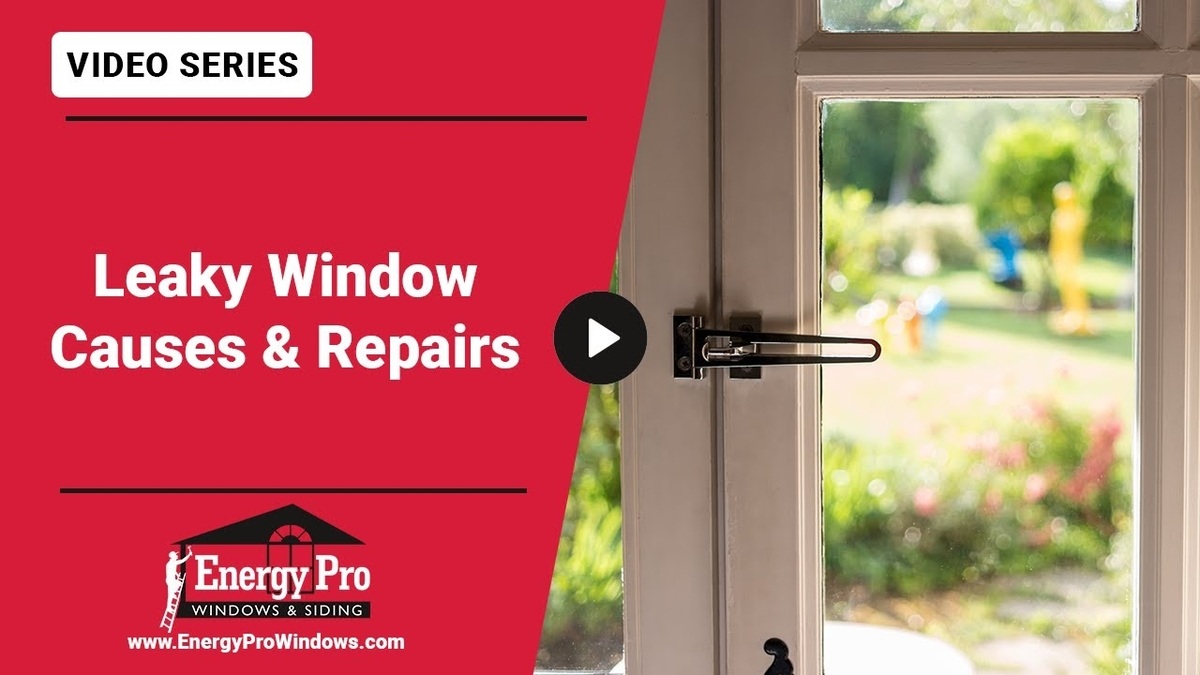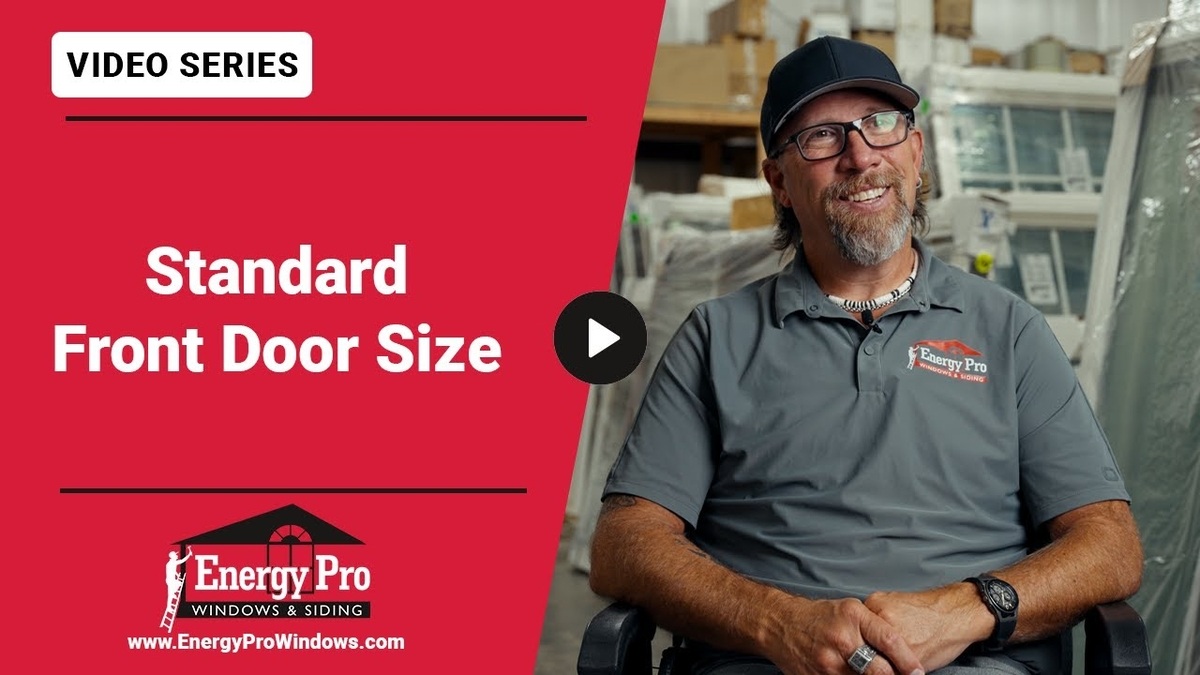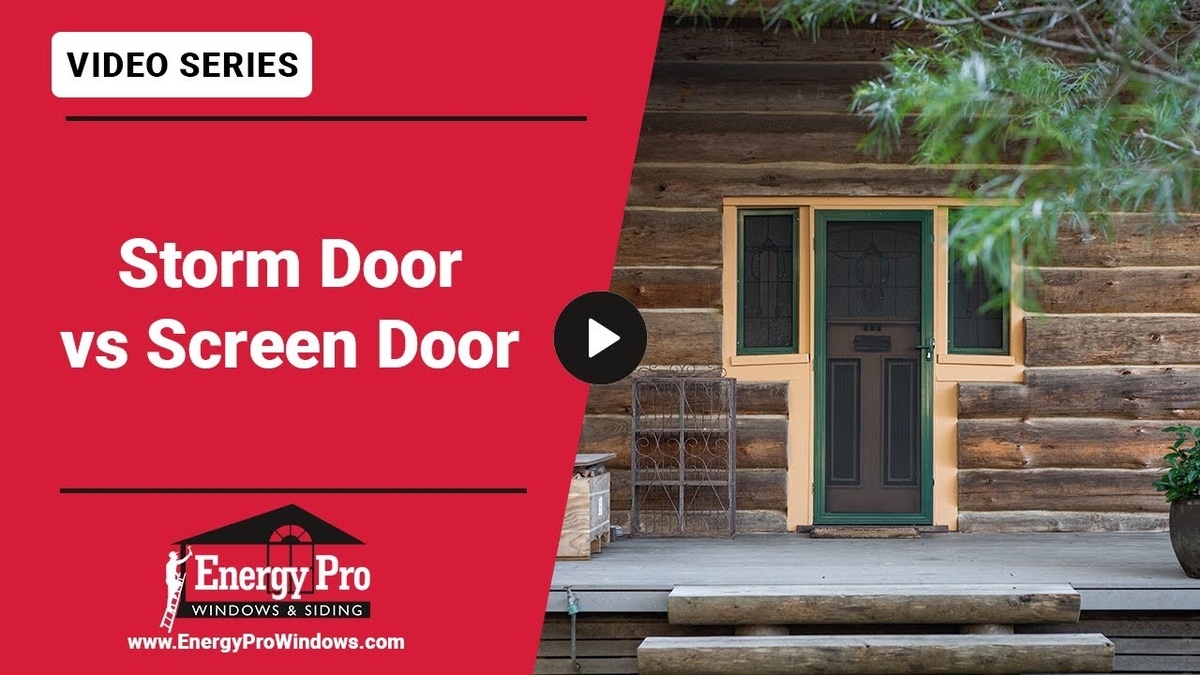Most window projects focus on glass type or energy ratings, but the materials used for the window frame are just as important. The right choice affects insulation, durability, and how much maintenance the window will need over time. Understanding how different options perform helps you choose what’s best for your home and climate.
What Are the Most Common Window Frame Materials?
When comparing window frame materials, it helps to understand the structure and performance of each type. Here’s how they stack up.
1. Aluminum Frames
You might be wondering why aluminum window frames aren’t very common in this area — and there’s a good reason for that.
Aluminum frames don’t include a thermal break, which means there’s no layer of insulation between the inside and outside of the window. If it’s cold outside, the metal becomes cold too, and that cold transfers straight into your home. On a hot day, the same thing happens in reverse.
Because of that, aluminum windows are typically used in warmer southern climates where temperature swings aren’t as severe. In those regions, they can perform well and last a long time. But here in the Midwest, we deal with big seasonal changes — and aluminum just doesn’t cut it when it comes to keeping your home comfortable.
2. Wood and Aluminum-Clad Wood Windows
We do see aluminum-clad wood windows in our area, but they come with a lot of upkeep.
Wood expands in the summer heat and contracts during our long winters. This repeated movement causes caulking to fail, which can lead to gaps, peeling aluminum cladding, and a loss of structural integrity. If you’re not inspecting and maintaining these windows every year, you could be letting air and moisture sneak in without even knowing it.
That brings us to air infiltration — and unfortunately, wood and aluminum-clad windows don’t rate very well in this area. The constant shifting allows air to pass through more easily. So even if you install a top-of-the-line furnace, your energy savings won’t amount too much if your windows are letting outdoor air pour in.
3. Vinyl Window Frames
Now we’re talking. Vinyl window frames are a popular choice across the country — and for good reason.
Here’s why vinyl works well:
- All vinyl windows have a honeycomb structural design, making them naturally strong and durable.
- You can get builder-grade vinyl, but we often recommend structurally reinforced or polyfoam-filled vinyl frames for better insulation.
- Many vinyl options now offer insulated frames with R-value, improving energy efficiency not just through the glass, but through the frame itself.
The real win here is air infiltration ratings. Vinyl windows are extremely effective at keeping unwanted air out of your home, which is becoming more and more important for homeowners trying to lower utility bills.
Plus, vinyl frames are low-maintenance, cost-effective, and they come with strong warranties — especially when you go with argon-filled, Energy Star-rated options.
4. Fiberglass Window Frames
Fiberglass frames are available, but we often hear questions about whether they’re worth the higher price tag. While fiberglass can offer some strength, there are a few things to consider:
- Fiberglass frames are finger-jointed, not welded like vinyl. That means they’re held together by fasteners — which can weaken over time as your home shifts due to wet soil, dry ground, or seasonal changes.
- Openings in your home are constantly moving, especially in areas with temperature fluctuations. Welded corners (like in vinyl windows) hold up better in these conditions than finger-jointed frames.
- Maintenance is a factor. Anyone who has owned a fiberglass boat knows you have to wax fiberglass to keep it from fading or breaking down in the sun. That same idea applies to fiberglass windows.
- Despite the higher cost, fiberglass frames are hollow core, and they don’t provide any insulation value on their own.
So while fiberglass windows have improved over the years, we usually don’t recommend them in our area due to maintenance requirements and lack of built-in energy performance.
Which Window Frame Material Makes the Most Sense?
Here in the Midwest, we’re dealing with high heat in the summer, bitter cold in the winter, and ground that shifts throughout the year. Based on everything we’ve seen — and installed — vinyl window frames make the most sense for our climate, especially when you’re looking for long-term comfort, energy efficiency, and a solid warranty.
In Summary
If you’re comparing window frame materials for your home, it pays to look beyond the sticker price. While wood and aluminum-clad frames may offer a traditional look, they come with a lot of maintenance and poor air sealing. Fiberglass costs more and still requires upkeep. Vinyl checks the right boxes for strength, insulation, and performance — and we trust it enough to install it every day.
Contact us today to schedule a consultation and find the right windows for your home. At Energy Pro, we’re here to help you get the best results with the least amount of hassle.



